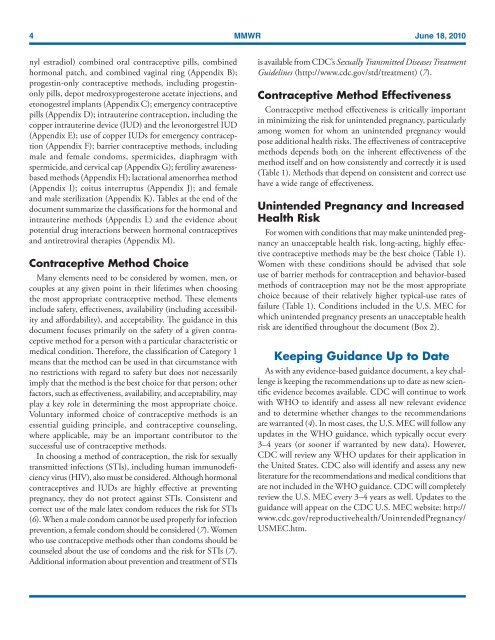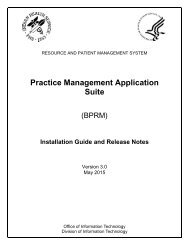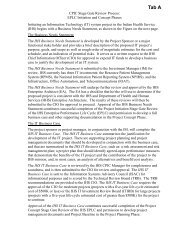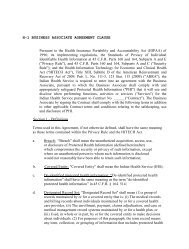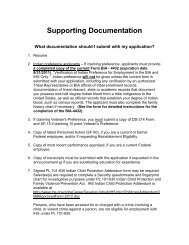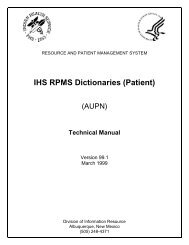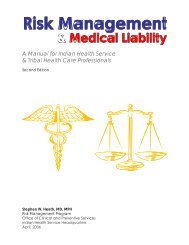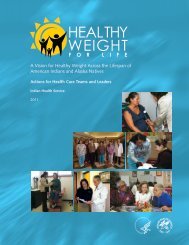CDC Article-US Medical Eligibility Criteria for Contraceptive Use, 2010
CDC Article-US Medical Eligibility Criteria for Contraceptive Use, 2010
CDC Article-US Medical Eligibility Criteria for Contraceptive Use, 2010
You also want an ePaper? Increase the reach of your titles
YUMPU automatically turns print PDFs into web optimized ePapers that Google loves.
4 MMWR June 18, <strong>2010</strong><br />
nyl estradiol) combined oral contraceptive pills, combined<br />
hormonal patch, and combined vaginal ring (Appendix B);<br />
progestin-only contraceptive methods, including progestinonly<br />
pills, depot medroxyprogesterone acetate injections, and<br />
etonogestrel implants (Appendix C); emergency contraceptive<br />
pills (Appendix D); intrauterine contraception, including the<br />
copper intrauterine device (IUD) and the levonorgestrel IUD<br />
(Appendix E); use of copper IUDs <strong>for</strong> emergency contraception<br />
(Appendix F); barrier contraceptive methods, including<br />
male and female condoms, spermicides, diaphragm with<br />
spermicide, and cervical cap (Appendix G); fertility awarenessbased<br />
methods (Appendix H); lactational amenorrhea method<br />
(Appendix I); coitus interruptus (Appendix J); and female<br />
and male sterilization (Appendix K). Tables at the end of the<br />
document summarize the classifications <strong>for</strong> the hormonal and<br />
intrauterine methods (Appendix L) and the evidence about<br />
potential drug interactions between hormonal contraceptives<br />
and antiretroviral therapies (Appendix M).<br />
<strong>Contraceptive</strong> Method Choice<br />
Many elements need to be considered by women, men, or<br />
couples at any given point in their lifetimes when choosing<br />
the most appropriate contraceptive method. These elements<br />
include safety, effectiveness, availability (including accessibility<br />
and af<strong>for</strong>dability), and acceptability. The guidance in this<br />
document focuses primarily on the safety of a given contraceptive<br />
method <strong>for</strong> a person with a particular characteristic or<br />
medical condition. There<strong>for</strong>e, the classification of Category 1<br />
means that the method can be used in that circumstance with<br />
no restrictions with regard to safety but does not necessarily<br />
imply that the method is the best choice <strong>for</strong> that person; other<br />
factors, such as effectiveness, availability, and acceptability, may<br />
play a key role in determining the most appropriate choice.<br />
Voluntary in<strong>for</strong>med choice of contraceptive methods is an<br />
essential guiding principle, and contraceptive counseling,<br />
where applicable, may be an important contributor to the<br />
successful use of contraceptive methods.<br />
In choosing a method of contraception, the risk <strong>for</strong> sexually<br />
transmitted infections (STIs), including human immunodeficiency<br />
virus (HIV), also must be considered. Although hormonal<br />
contraceptives and IUDs are highly effective at preventing<br />
pregnancy, they do not protect against STIs. Consistent and<br />
correct use of the male latex condom reduces the risk <strong>for</strong> STIs<br />
(6). When a male condom cannot be used properly <strong>for</strong> infection<br />
prevention, a female condom should be considered (7). Women<br />
who use contraceptive methods other than condoms should be<br />
counseled about the use of condoms and the risk <strong>for</strong> STIs (7).<br />
Additional in<strong>for</strong>mation about prevention and treatment of STIs<br />
is available from <strong>CDC</strong>’s Sexually Transmitted Diseases Treatment<br />
Guidelines (http://www.cdc.gov/std/treatment) (7).<br />
<strong>Contraceptive</strong> Method Effectiveness<br />
<strong>Contraceptive</strong> method effectiveness is critically important<br />
in minimizing the risk <strong>for</strong> unintended pregnancy, particularly<br />
among women <strong>for</strong> whom an unintended pregnancy would<br />
pose additional health risks. The effectiveness of contraceptive<br />
methods depends both on the inherent effectiveness of the<br />
method itself and on how consistently and correctly it is used<br />
(Table 1). Methods that depend on consistent and correct use<br />
have a wide range of effectiveness.<br />
Unintended Pregnancy and Increased<br />
Health Risk<br />
For women with conditions that may make unintended pregnancy<br />
an unacceptable health risk, long-acting, highly effective<br />
contraceptive methods may be the best choice (Table 1).<br />
Women with these conditions should be advised that sole<br />
use of barrier methods <strong>for</strong> contraception and behavior-based<br />
methods of contraception may not be the most appropriate<br />
choice because of their relatively higher typical-use rates of<br />
failure (Table 1). Conditions included in the U.S. MEC <strong>for</strong><br />
which unintended pregnancy presents an unacceptable health<br />
risk are identified throughout the document (Box 2).<br />
Keeping Guidance Up to Date<br />
As with any evidence-based guidance document, a key challenge<br />
is keeping the recommendations up to date as new scientific<br />
evidence becomes available. <strong>CDC</strong> will continue to work<br />
with WHO to identify and assess all new relevant evidence<br />
and to determine whether changes to the recommendations<br />
are warranted (4). In most cases, the U.S. MEC will follow any<br />
updates in the WHO guidance, which typically occur every<br />
3–4 years (or sooner if warranted by new data). However,<br />
<strong>CDC</strong> will review any WHO updates <strong>for</strong> their application in<br />
the United States. <strong>CDC</strong> also will identify and assess any new<br />
literature <strong>for</strong> the recommendations and medical conditions that<br />
are not included in the WHO guidance. <strong>CDC</strong> will completely<br />
review the U.S. MEC every 3–4 years as well. Updates to the<br />
guidance will appear on the <strong>CDC</strong> U.S. MEC website: http://<br />
www.cdc.gov/reproductivehealth/UnintendedPregnancy/<br />
<strong>US</strong>MEC.htm.


